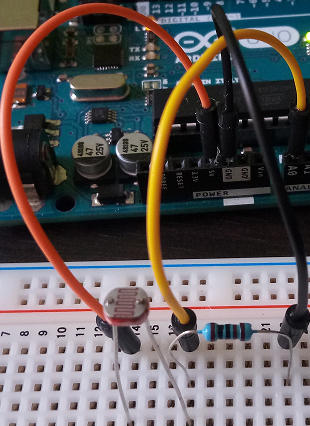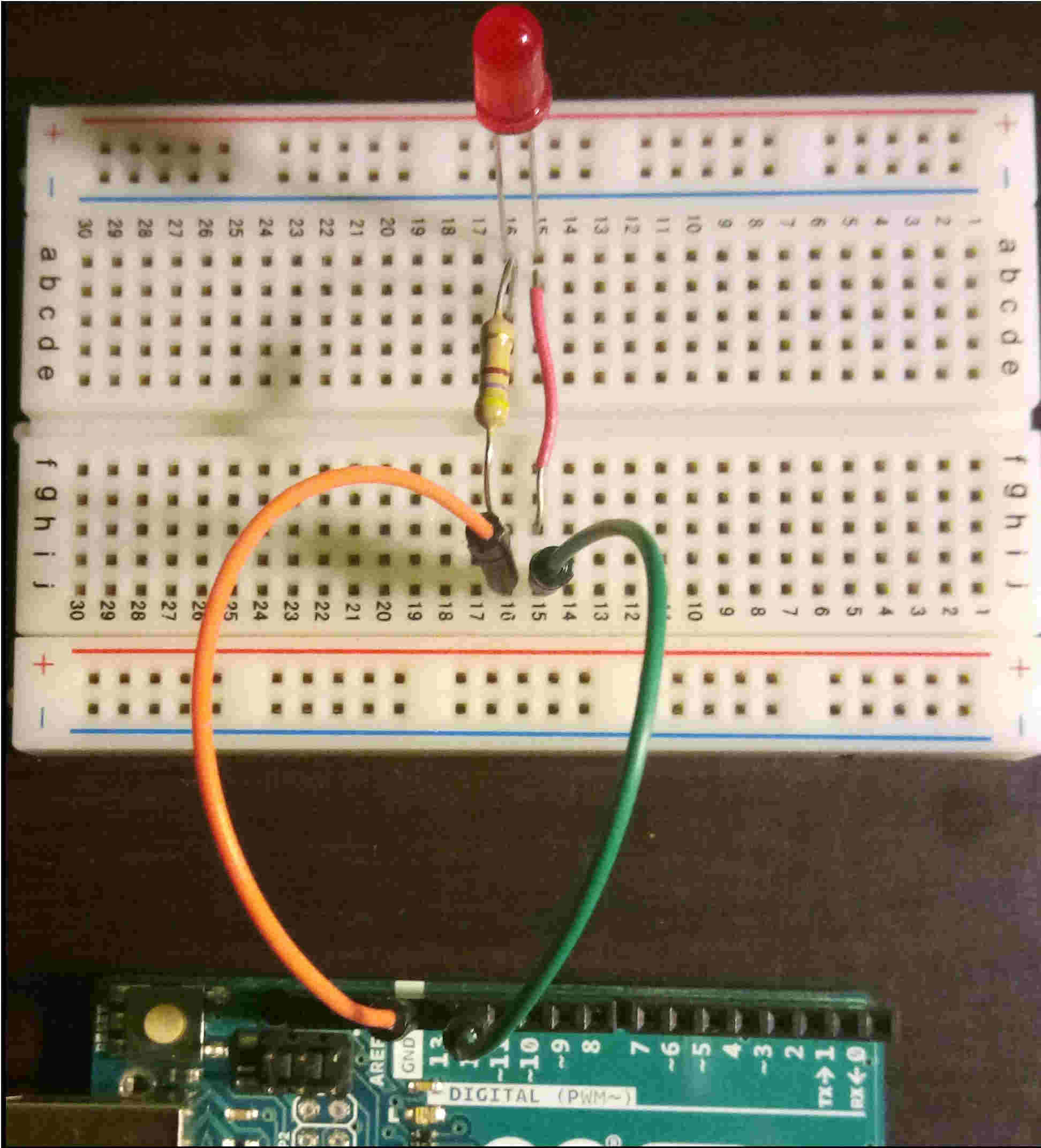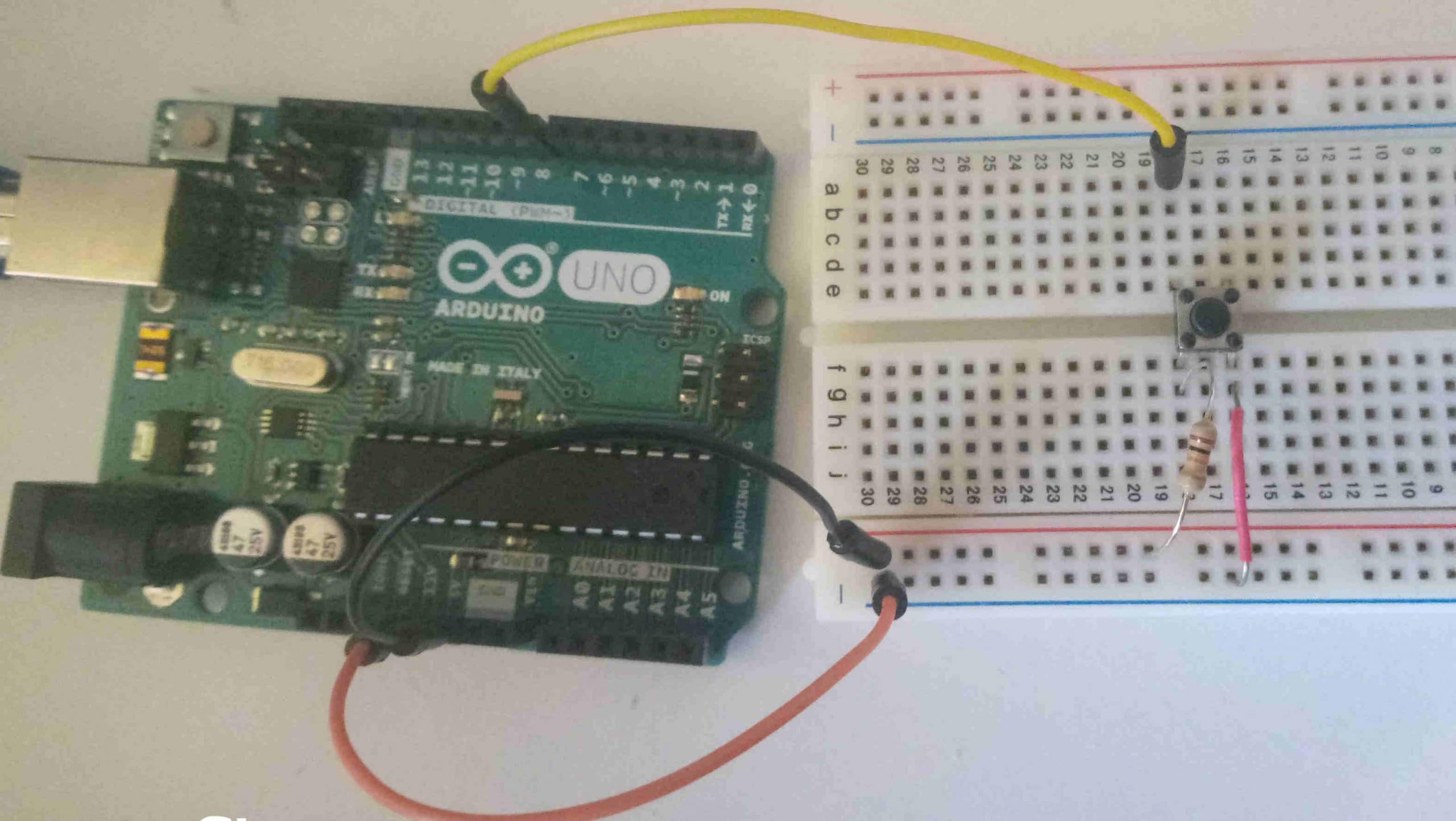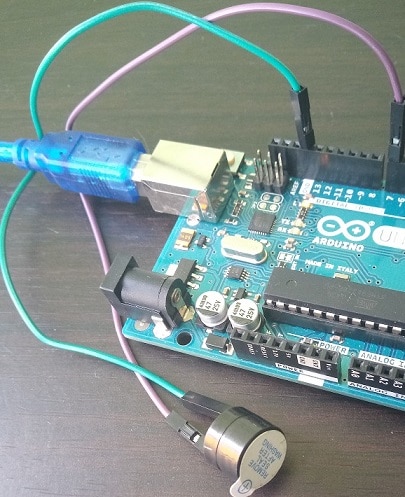So far we have seen some basic programming elements for our Arduino board, elements that constitute the first bricks on which we will build and test working prototypes, with which to make Arduino “act” in some way. However, without having a minimum of electronics knowledge, we won’t be able to go very far. This article, without claiming to be exhaustive on the subject, aims to introduce the first rudiments of electronics in a simple way. Thanks to them, you can go very far in your career as apprentice maker.
Circuits
Taking a closer look at Arduino, you will notice a series of components (crystals, capacitors, resistors, connectors, etc.), connected by a certain number of copper tracks to form what are called electrical circuits. To better understand what it is, we usually proceed to the similarity with the hydraulic circuits, connected by pipes in which water flows with a certain pressure. This similarity will make the concepts of voltage, current and resistance that we are about to introduce more intuitive.
Voltage
In the cables (or in the tracks) of the electric circuits electrons flow exactly as in the hydraulic pipes water flows. The pressure causes the passage of water, while the voltage causes the passage of electric current; the greater the voltage, the greater the speed at which electrons flow in the circuits. The voltage is measured in Volts (V) and expresses the potential of electron flow between the point of origin and the point of stop of the flow. Just as an object falls more intensely the higher is the point from which it is dropped, even in an electrical circuit it is possible to measure how much potential it takes to move electrons from one point to another.
Current
To measure the amount of water flow that flows inside the pipes of a hydraulic circuit, we proceed to measure the liters per minute; in a similar way, to measure the energy flowing in an electric line, the Ampere (A) is used, a unit with which the amount of electric charge per minute is indicated. To say that in a circuit the current is 1 A, it means that 6.24 x 1018 electrons per second flow in the electric cable. In general, the current is expressed in milliamps (mA).
Resistance
Looking back at our Arduino board, you will notice that each component is made from different materials (and different are also thicknesses and temperatures). Each of them opposes a certain resistance to the passage of current, a very important feature to limit the passage in some points of the circuit, for example to prevent a LED from burning due to overload. Resistance is measured in Ohms (Ω). The opposition to the flow of electrons generates friction, which in turn generates heat (sooner or later you will get burned by touching a resistance!).
Ohm’s law
There is a relationship between current, voltage and resistance, which can be expressed through the equation:
current (I) = voltage (V) / resistance (R)better known as Ohm’s Law.
By changing the unknown of the equation, it is possible to obtain the following two formulas, with which resistance and voltage are calculated:
resistance (R) = voltage (V) / current (I)
voltage (V) = resistance (R) x current (I)In the three formulas above I have kept the convention of abbreviating the current to “I”, which in the past indicated inductance.
We will see a typical use of Ohm’s law in the LED lighting project.
Conclusion
We have introduced some electronics pills that we will need to test our first prototypes with the most popular electronic components (LEDs, infrared and RGB LEDs, buzzers, relays, etc.). While we may not initially need to calculate a circuit’s voltage and current right away, once we take these pills, we will be able to better understand what we are doing. This will serve us in the future when creativity will push us towards more complex projects in which to use components other than those known to us and consequently, with working voltages and currents to which to adapt the circuits we build.



